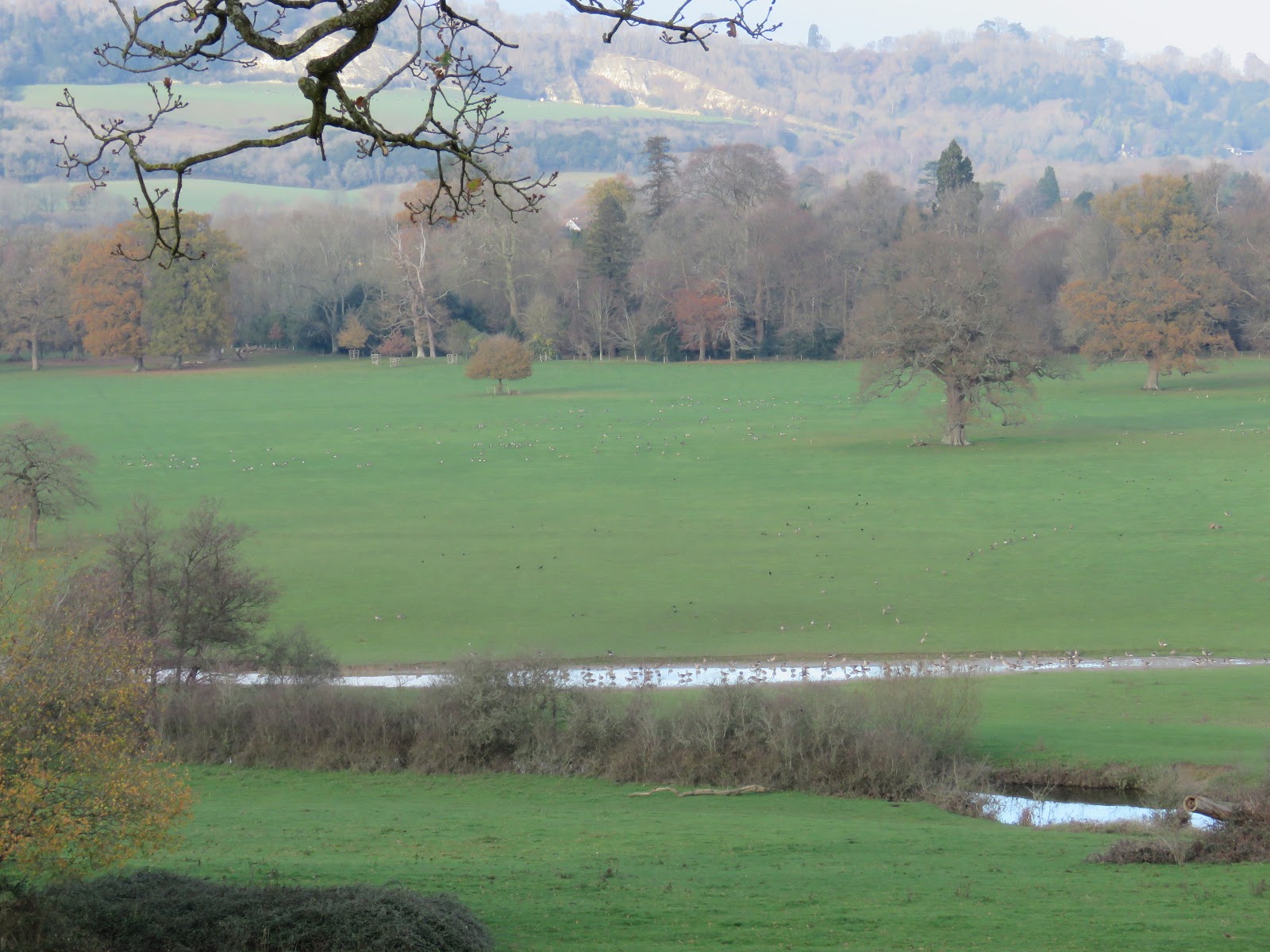Kingbird Highway

Back in 1973, an American teenage birder by the name of Kenn Kaufman spent the year birding across North America, in an attempt to see more species of bird in a calendar year than anybody had recorded before. He wrote an account of those 12 months directly afterwards, but was so disappointed with the result that he hid the finished manuscript in a box. It was not until 1997 that it was dusted down and, with the help of professional editors and his own growth as a writer, it was published. I’m glad that it was. I was aware of this book, a modern birding classic, but had not read it. Over recent months, birder Mervyn Jones has implored me to do so, as it is a book that he holds in the highest regard. This Christmas I finally got hold of a copy and, over the past two days, have done so. What a fantastic read. The fact that the book has been written from the perspective of an older man looking back on his younger self give the words so much more gravitas and meaning. The skill in the writi...













